In June this year Google announced it had rolled out a functionality that sends users from a featured snippet in search directly to the snippet’s source text on the page. Sounds useful on the face of it. But is it always?
As we have done with AMP pages since December 2018, clicking on a featured snippet now takes users to the exact text highlighted for HTML pages, when we can confidently determine where the text is, for browsers that support the underlying technology….
— Google SearchLiaison (@searchliaison) June 3, 2020
(Google has been testing this feature on desktop since August 2019, so you may have seen it in search before June 2020).
Yes, for quick, simple queries
When I needed a straightforward solution to a specific question, I did find it useful. Example:
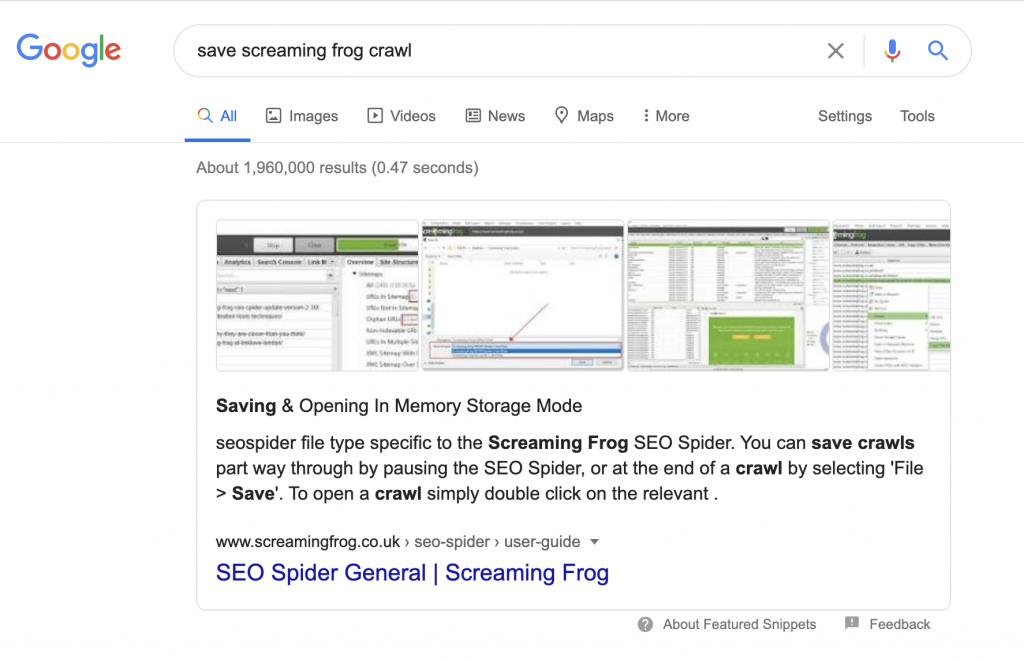
The Screaming Frog user guide page is loooong and I wanted a quick answer. If Google didn’t jump to the place the snippet was sourced from, I would have had to scroll a fair bit. Or do an in-page search.
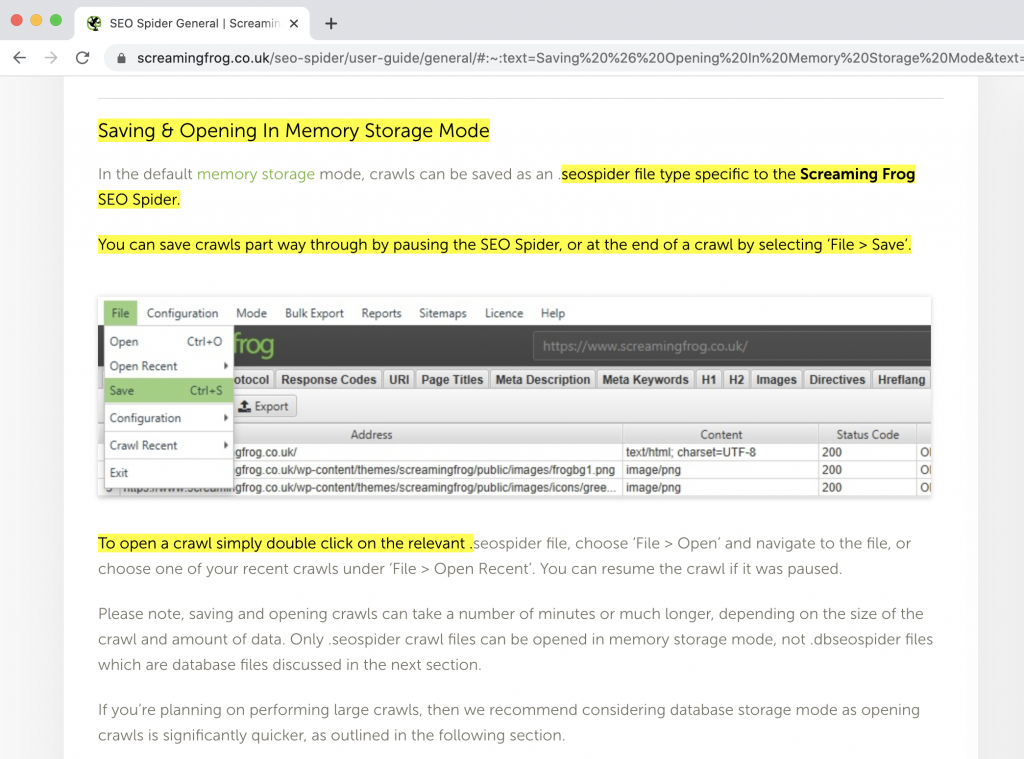
No, for complex queries
Much like entering a conversation halfway through, being ushered onto a page mid-way can mean missing crucial information. Example:
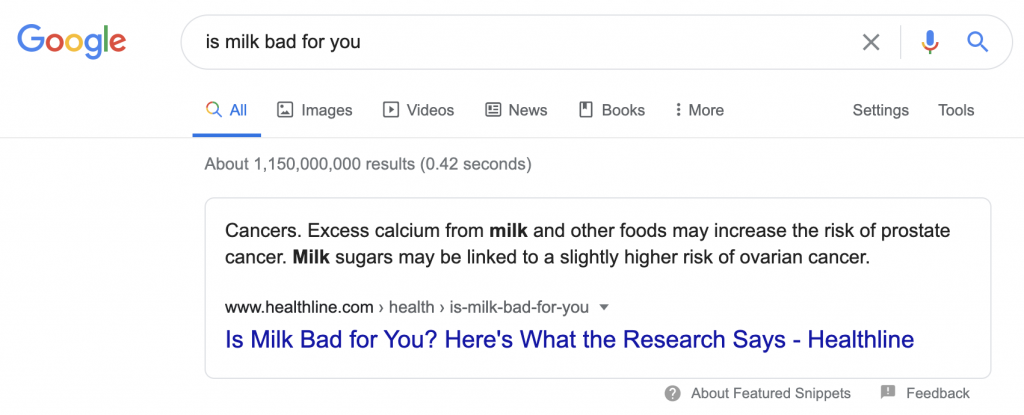
When I did an informational search asking: “is milk bad for you”, Google featured a section of the article about cancer. Clicking on the result took me straight there.
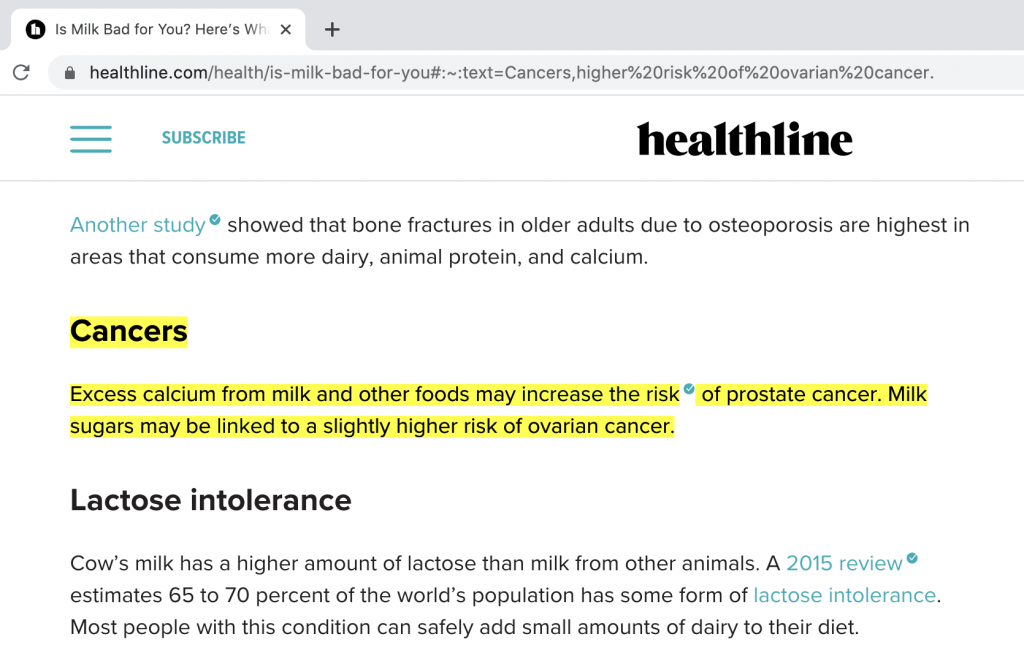
The article is actually a well researched and substantiated weighing of the pros and cons of drinking milk.
Pros include: appetite control, bone development, done and dental health, diabetes prevention and heart health. The cons include: acne, other skin conditions, allergies, bone fractures, cancers and lactose intolerance.
Coming in from the rich snippet and going straight to the highlight meant I missed the entire pros section.
Could it exacerbate misinformation and oversimplification?
Google’s singling out of information in a featured snippet adds legitimacy to that information. Even if it’s algorithm driven, it looks hand-picked, authoritative.
But as the name suggests, it’s a snippet. Taking the user straight to it does nothing to enrich their understanding beyond what they’ve gathered from reading the snippet in the first place. It remains a zoomed-in spotlight on a big issue.
That could be OK for simple, empirical answers. It’s definitely not OK for complex and nuanced issues.
What does it mean for the bottom line?
Of course this also needs to be considered in the context of conversions and user metrics.
As Barry Schwartz has pointed out repeatedly when talking about this feature the past two years, the implication for sales is that searchers may skip any CTAs that are higher on the page. It may also impact ad clicks, conversion rates and other key metrics.
A possible takeaway for content creators is to interrogate their articles for potential oversimplification around hot topics and to identify soundbites that can easily be taken out of context.
Might this necessitate a recap of key facts at the start of every new section on a page, a bit like filling newcomers to a conversation in on crucial context?
That feels like a step backwards from the improvements in content quality made through improved natural language processing and semantic topic mapping.
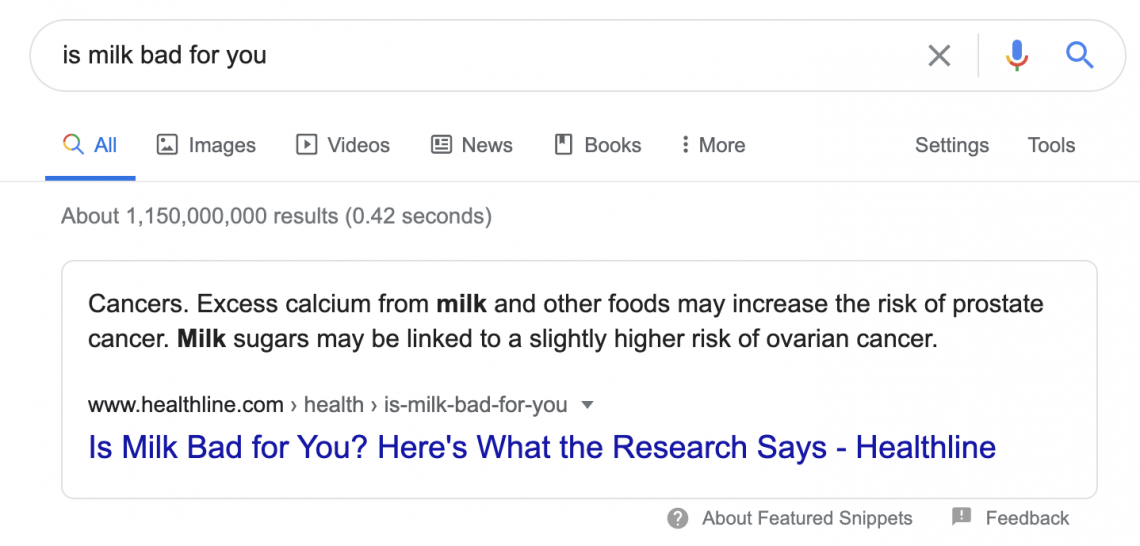

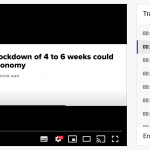

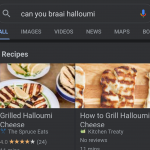
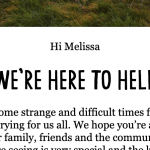

Comments by Melissa Byleveld